When we think of lizards, we might picture common geckos or chameleons. However, the lizard world is filled with fascinating species that showcase incredible adaptations, vibrant colors, and surprising behaviors. In this article, we’ll dive into the 10 most unique lizards in the world, exploring their traits, habitats, and what makes them so extraordinary.
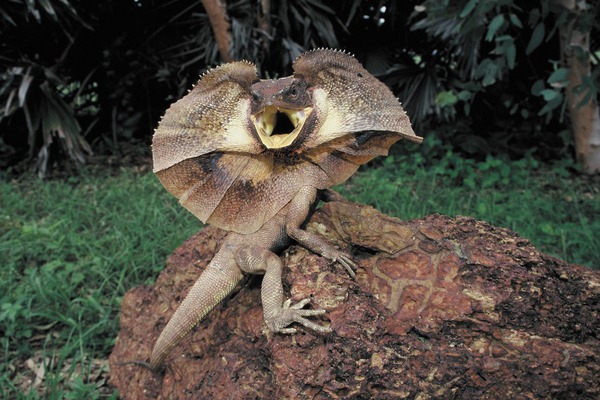
The frilled-neck lizard is a master of drama. Found in Australia and Papua New Guinea, this lizard is famous for its neck frill, which it spreads out when threatened. The frill is brightly colored, designed to intimidate predators. These lizards prefer woodlands and savannas and are also great climbers. Fun fact: they can run on their hind legs, making them look like tiny dinosaurs!
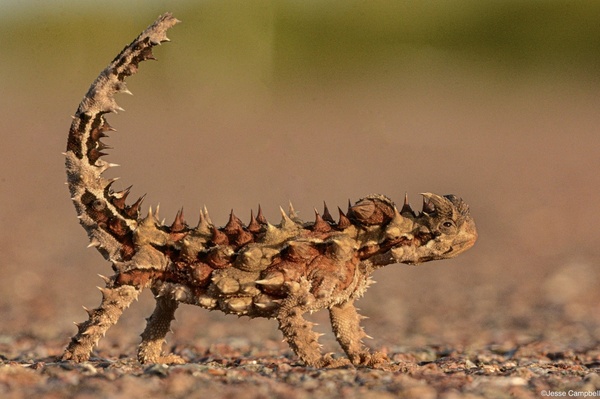
Native to the deserts of Australia, the thorny devil is covered in spikes that deter predators. But it’s not just their appearance that’s unique. These lizards have grooves on their skin that collect dew and funnel it to their mouths. They primarily feed on ants and can consume thousands in a single day. Their incredible camouflage makes them nearly invisible in sandy landscapes.
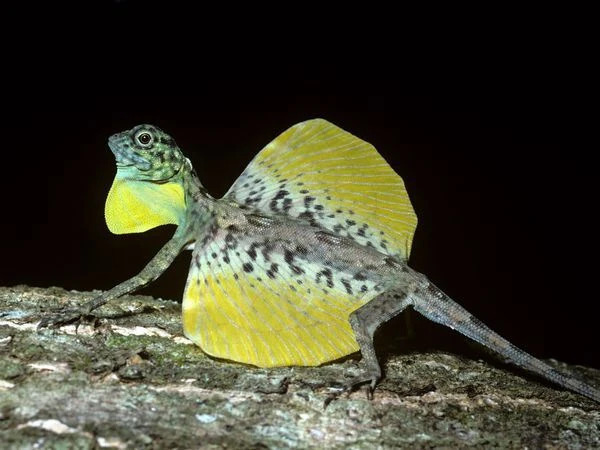
Ever heard of a lizard that flies? The Draco lizard, found in Southeast Asian forests, has wing-like flaps of skin supported by elongated ribs. While they don’t truly fly, these “wings” allow them to glide from tree to tree, escaping predators or finding food. Their ability to glide distances of up to 30 feet makes them one of nature’s coolest acrobats.
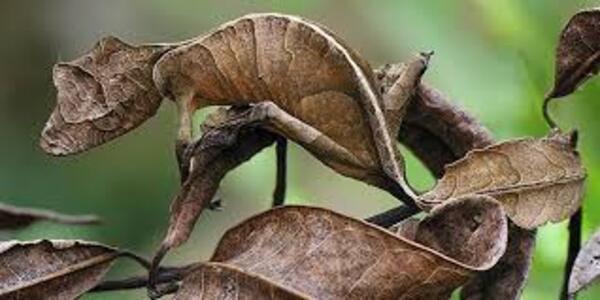
Hailing from Madagascar, the leaf-tailed gecko is a camouflage expert. Its body resembles a dried leaf, complete with vein-like patterns. This adaptation helps it blend seamlessly into tree bark and forest floors. These geckos are nocturnal and use their incredible disguise to hunt insects while avoiding predators.
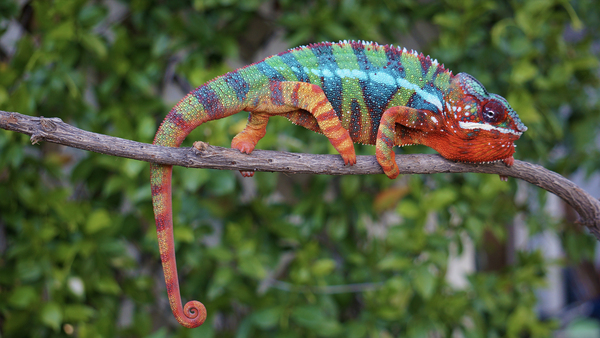
No list of unique lizards is complete without chameleons, renowned for their ability to change color. Found in Africa, Madagascar, and parts of Asia, these lizards use color changes for communication and temperature regulation, not just camouflage. With their independently moving eyes and lightning-fast tongues, they’re some of the most fascinating hunters in the animal kingdom.
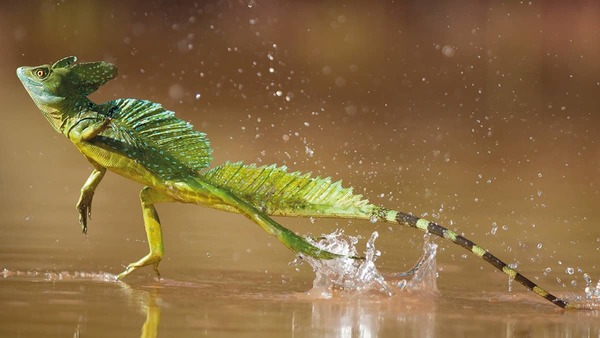
Known as the “Jesus Christ lizard,” the basilisk lizard can run on water! Found in Central and South America, this amazing feat is possible thanks to its lightweight body and specialized feet. These lizards prefer tropical rainforests near rivers or streams, where they hunt insects and small vertebrates.
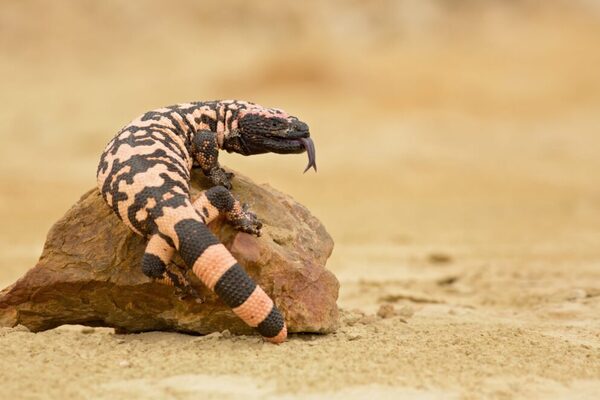
The Gila monster is one of the few venomous lizards in the world. Native to the Southwestern United States and Mexico, it delivers a painful bite to predators or prey. Despite their fearsome reputation, they’re slow-moving and generally not aggressive. These lizards spend much of their time underground and are active mostly during the warmer months.
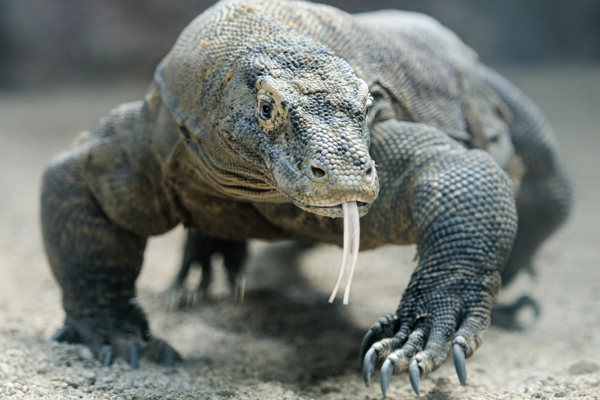
The Komodo dragon is the largest lizard in the world, reaching lengths of up to 10 feet. Found on a few Indonesian islands, these lizards are apex predators. They hunt deer, pigs, and even water buffalo, using their sharp teeth and venomous saliva to take down prey. Despite their intimidating size, young Komodo dragons climb trees to avoid being eaten by adults.
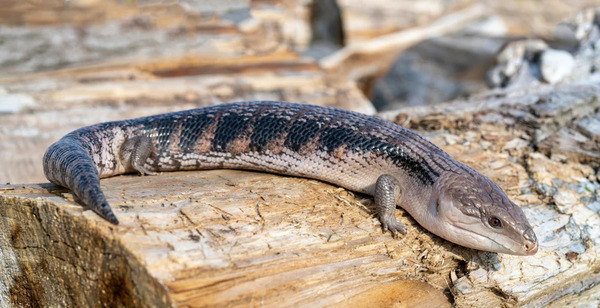
With its striking blue tongue, the blue-tongued skink surprises predators with an unexpected flash of color. Found in Australia and nearby islands, this lizard is a ground-dwelling species that enjoys basking in the sun. They’re gentle creatures, making them popular pets among lizard enthusiasts.
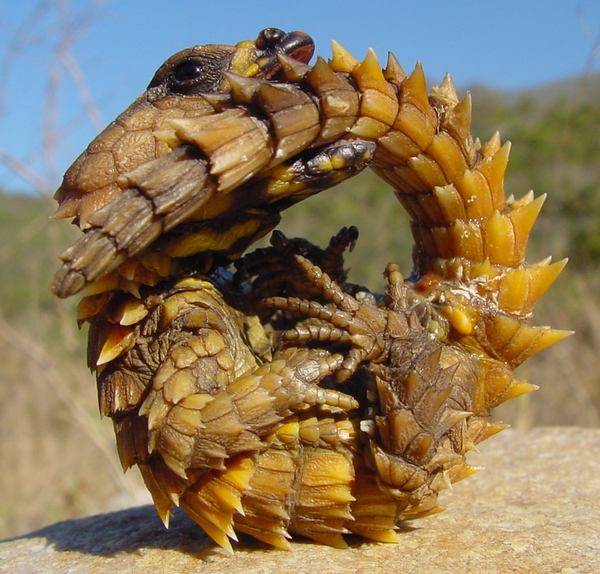
The armadillo girdled lizard from South Africa has a unique defense mechanism. When threatened, it rolls into a ball, using its tough, spiky tail to shield its vulnerable underside. This lizard prefers rocky outcrops in deserts and is famous for its unusual appearance, resembling a miniature dragon.
These lizards showcase incredible adaptations that help them survive in diverse habitats:
Camouflage Experts: Leaf-tailed geckos and chameleons are masters of blending into their environments.
Specialized Defenses: The thorny devil’s spikes and the armadillo girdled lizard’s roll-up tactic deter predators.
Unusual Abilities: Draco lizards glide, while basilisk lizards walk on water.
Many of these unique species are found in specific habitats:
Australia: Thorny devil, frilled-neck lizard, blue-tongued skink
Madagascar: Leaf-tailed gecko
Indonesia: Komodo dragon
Central and South America: Basilisk lizard
Conservation efforts are critical to protecting these lizards as their habitats face threats like deforestation and climate change.
Some lizards, like the blue-tongued skink and certain chameleons, are popular pets due to their fascinating appearances and manageable care requirements. However, others, like Komodo dragons and Gila monsters, are dangerous and unsuitable for captivity. Always research a species’ needs and legality before considering one as a pet.
Lizards are more than just fascinating creatures; they play vital roles in ecosystems as pest controllers and prey for larger animals. Their unique adaptations also inspire scientists studying biomechanics and camouflage. Protecting these extraordinary reptiles ensures future generations can marvel at their beauty and ingenuity.
Whether you’re drawn to the flying feats of the Draco lizard or the dramatic frill of the Australian frilled-neck lizard, the world of lizards is full of surprises. Which of these unique species is your favorite? Let us know!
animal tags: Lizards
We created this article in conjunction with AI technology, then made sure it was fact-checked and edited by a Animals Top editor.